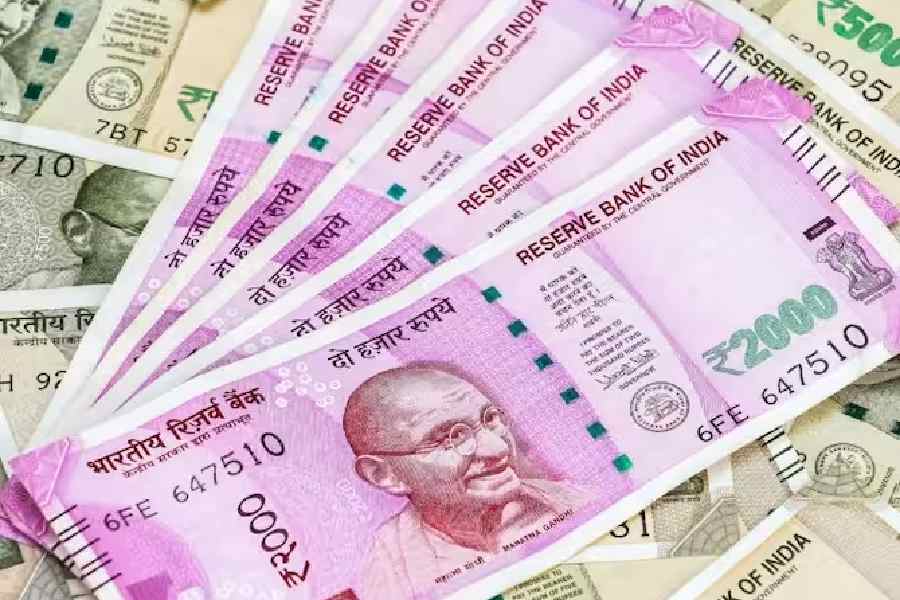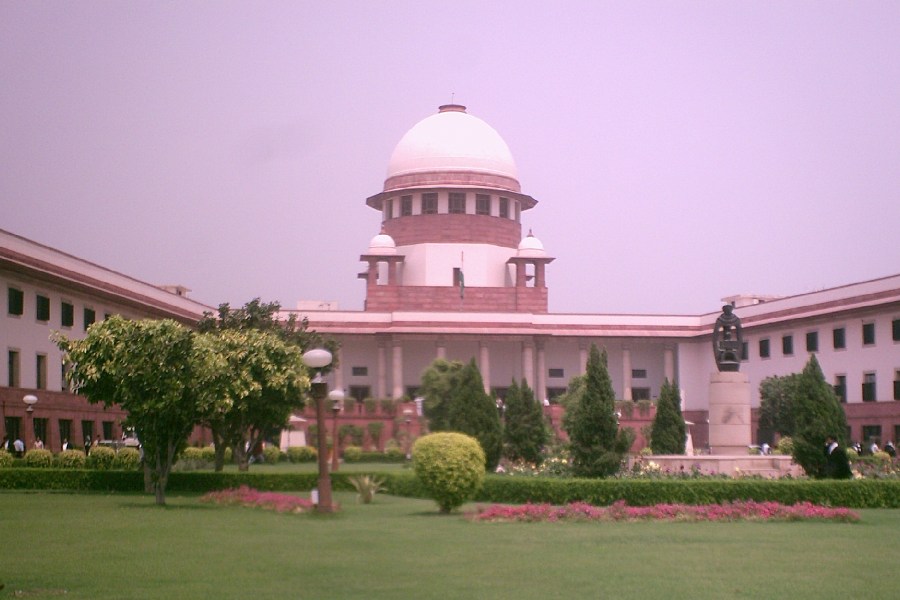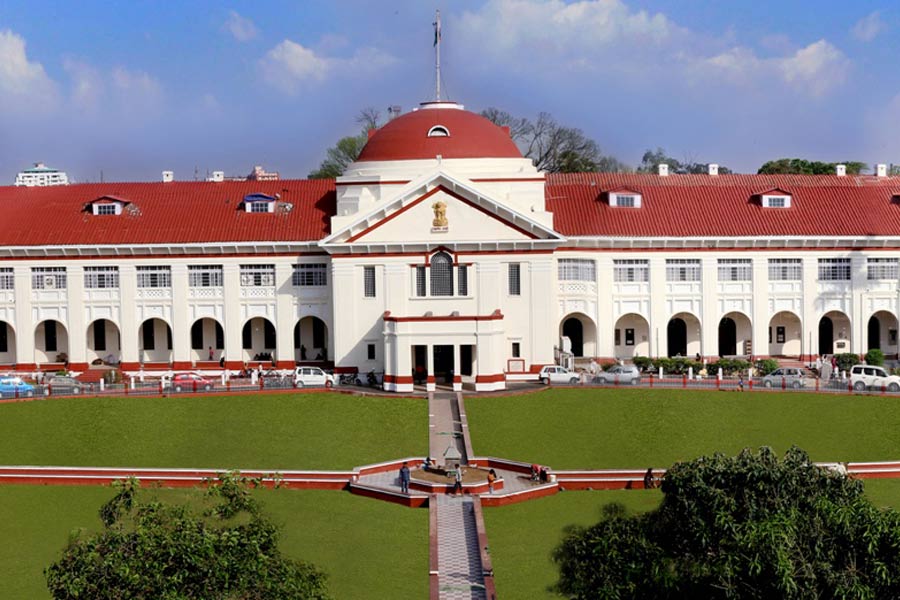The liquidity deficit in the banking system has widened to nearly a 14-year high amid GST outflows and slow government spending.
The shortfall led to the Reserve Bank of India (RBI) announcing a 15-day variable rate repo (VRR) auction for Rs 2.50 lakh crore on Thursday.
According to RBI data, the deficit in the banking system was Rs 3.34 lakh crore, as of January 23.
While Bloomberg data says it is the highest since March 2010, Reuters aid the deficit has touched a record high.
The liquidity deficit had stood at Rs 1.29 lakh crore at the beginning of this month, meaning it is up over 2.50 times.
The central bank has kept the system in a deficit mode even as it has not raised the repo rate on four occasions.
The trend has led to market rates remaining firm — effectively the RBI has increased the interest rate without touching the benchmark rate.
On Tuesday, the weighted average call-money rate stood at 6.78 per cent which is above the repo rate of 6.50 per cent and the marginal standing facility (MSF) of 6.75 per cent. MSF is a facility wherein banks can borrow overnight liquidity from the RBI by pledging government securities at a rate that is above the repo rate.
RBI governor Shaktikanta Das had said in his policy statement in December that the system liquidity, as measured by the net position under the liquidity adjustment facility (LAF), turned into deficit mode for the first time in September 2023 after a gap of nearly four-and-a-half years since May 2019.
Stocks rebound
Equity benchmark indices Sensex and Nifty rebounded sharply by 1 per cent on Wednesday after sliding for the past two sessions, propelled by bargain hunting in metal, commodity and telecom stocks.
Trading through a patchy track in the opening session, the 30-share BSE Sensex gradually gained groundand jumped 689.76 points, or 0.98 per cent, to settle at 71,060.31.
The broader NSE Nifty also closed 215.15 points or 1.01 per cent higher at 21,453.95.
China move
China’s central bank said Wednesday it will cut the ratio of reserves banks must hold as part of a slew of measures to support the slowing economy.
The announcement by the People’s Bank of China prompted a surge in share prices, with Hong Kong’s benchmark jumping 3.6 per cent.
With inputs from PTI & AP










